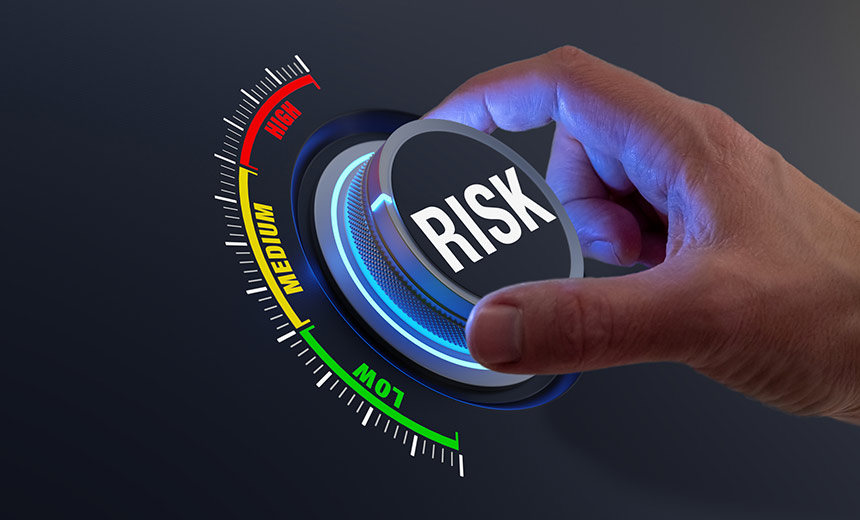Introduction
In today’s interconnected business landscape, organizations rely heavily on third-party vendors, partners, and suppliers to deliver critical products and services. While outsourcing can drive efficiency and innovation, it also introduces cybersecurity risks beyond your direct control. A vulnerability in a supplier’s system can cascade through your supply chain, leading to data breaches, operational disruptions, and reputational damage. Managing third-party cyber risk is therefore essential to safeguard your organization and maintain resilience.
The Growing Threat of Third-Party Cyber Risk
-
Supply Chain Attacks: High-profile incidents—such as the SolarWinds breach—demonstrate how malicious actors exploit trusted vendor relationships to infiltrate multiple downstream targets.
-
Regulatory Scrutiny: Legislations like GDPR, HIPAA, and various financial regulations hold organizations accountable not only for their own security posture but also for that of their vendors.
-
Complex Ecosystems: Modern supply chains often include hundreds of suppliers across multiple tiers, cloud providers, and software dependencies, magnifying the attack surface.
Key Challenges
-
Visibility Gaps
-
Understanding who has access to your data and systems—and how they secure them—can be difficult when vendors operate autonomously.
-
-
Inconsistent Security Maturity
-
Suppliers vary widely in cybersecurity capabilities; small or specialized vendors may lack formal programs or advanced tools.
-
-
Dynamic Relationships
-
Rapid onboarding of new partners and evolving contractual scopes make it challenging to maintain up-to-date risk profiles.
-
-
Resource Constraints
-
Conducting deep technical audits for every vendor is costly and time-consuming.
-
A Framework for Third-Party Cyber Risk Management
Implementing a structured, phased approach helps balance thoroughness with efficiency:
| Phase | Key Activities |
|---|---|
| 1. Inventory & Classification | Compile a complete vendor inventory; classify by criticality. |
| 2. Risk Assessment | Use questionnaires, automated scans, and on-site audits. |
| 3. Contractual Controls | Embed security requirements, SLAs, and audit rights into contracts. |
| 4. Continuous Monitoring | Leverage tools and threat intelligence to detect changes or breaches. |
| 5. Incident Response Planning | Align response playbooks with vendor coordination and communication. |
Phase 1: Inventory & Classification
-
Centralized Registry: Maintain a single source of truth for all third parties, including sub-processors and subcontractors.
-
Criticality Tiers: Categorize vendors by the sensitivity of data they handle, access privileges, or impact on operations.
Phase 2: Risk Assessment
-
Questionnaires & Self-Assessments: Deploy standardized maturity questionnaires (e.g., SIG, CAIQ) to gauge policies, controls, and certifications.
-
Technical Testing: For high-risk vendors, conduct vulnerability scans, penetration tests, or request SOC 2/ISO 27001 reports.
-
Scoring & Prioritization: Combine qualitative and quantitative inputs to assign risk ratings and determine monitoring frequency.
Phase 3: Contractual Controls
-
Security Clauses: Require adherence to industry standards (e.g., NIST, ISO), multi-factor authentication, encryption in transit and at rest.
-
Audit Rights: Secure the right to review security controls, request evidence, or perform on-site assessments.
-
Liability & Notification: Define breach notification timelines, remediations, and liability limitations.
Phase 4: Continuous Monitoring
-
Automated Alerts: Integrate vendor telemetry (where available) or employ SaaS platforms that scan public attack surfaces and dark-web chatter.
-
Periodic Re-Assessment: Schedule annual or semi-annual refreshes of self-assessments, supplemented by targeted reviews after major changes.
-
Threat Intelligence Sharing: Participate in industry Information Sharing and Analysis Centers (ISACs) to learn about emerging supplier threats.
Phase 5: Incident Response Planning
-
Joint Playbooks: Develop coordinated incident response procedures with key suppliers, including escalation paths and communication templates.
-
Tabletop Exercises: Simulate supply-chain breach scenarios to test readiness and communication flows.
-
Recovery Metrics: Define recovery time objectives (RTOs) and recovery point objectives (RPOs) for vendor-supported services.
Best Practices
-
Adopt a “Least Privilege” Mindset: Grant vendors only the minimum access needed to perform their roles, and revoke privileges promptly when no longer required.
-
Enforce Network Segmentation: Isolate third-party connections to limit lateral movement in case of compromise.
-
Leverage Standardized Frameworks: Use industry-recognized assessment frameworks (SIG, CAIQ, NIST CSF) to ensure consistency and comparability.
-
Invest in Data Encryption: Ensure data shared with or processed by vendors is encrypted end-to-end.
-
Monitor Vendor Health Continuously: Automate scans and subscribe to service health dashboards or RSS feeds to detect outages, vulnerabilities, or advisories.
-
Foster Collaboration & Transparency: Treat key suppliers as extension of your security team—share threat intelligence, best practices, and incident learnings.
Tools & Technologies
-
Vendor Risk Management (VRM) Platforms: Tools like BitSight, SecurityScorecard, or RiskRecon offer continuous scoring and analytics for supplier security postures.
-
Questionnaire Automation: Services such as OneTrust or Shared Assessments streamline survey distribution, reminders, and benchmarking.
-
External Attack Surface Management (EASM): Solutions like Palo Alto Cortex Xpanse or CyCognito discover and monitor vendor-exposed assets.
-
SIEM & SOAR Integration: Ingest vendor-related alerts into your security operations center to automate triage and response workflows.
Conclusion
Effectively managing third-party cyber risk is not a one-off project but an ongoing program that weaves security into every stage of your supplier lifecycle—from initial onboarding through contract renewal and offboarding. By establishing clear inventories, conducting rigorous assessments, embedding contractual safeguards, and leveraging continuous monitoring, organizations can maintain visibility and control over their extended ecosystem. Proactive coordination with vendors, coupled with robust incident response planning, ensures that supply-chain disruptions are detected early, contained swiftly, and remediated effectively—preserving trust, compliance, and operational resilience.
Ready to strengthen your supply-chain cybersecurity? Contact our experts for a customized third-party risk management strategy.
